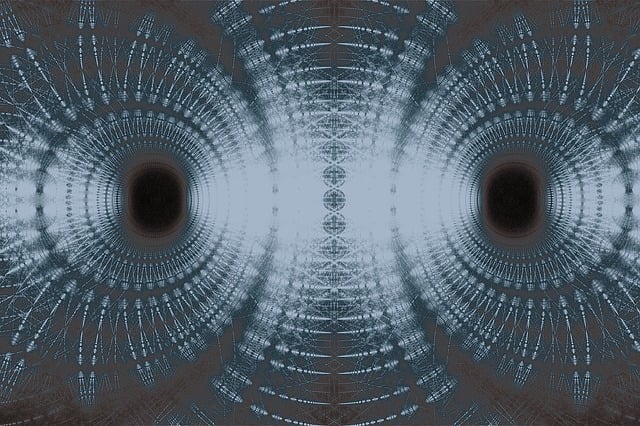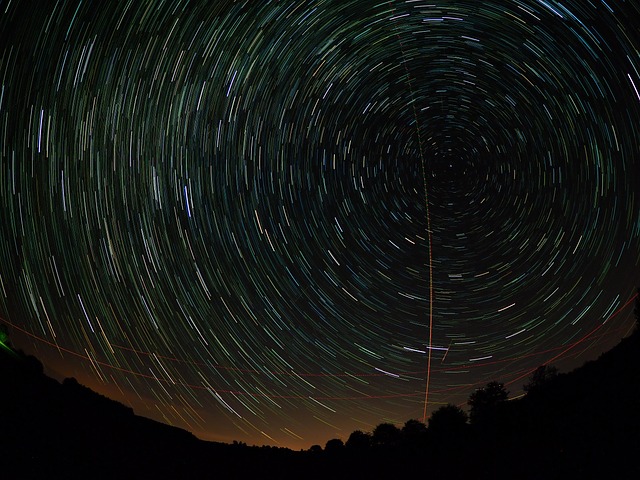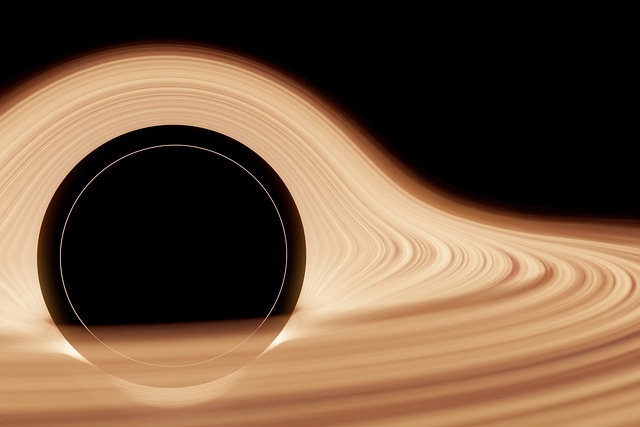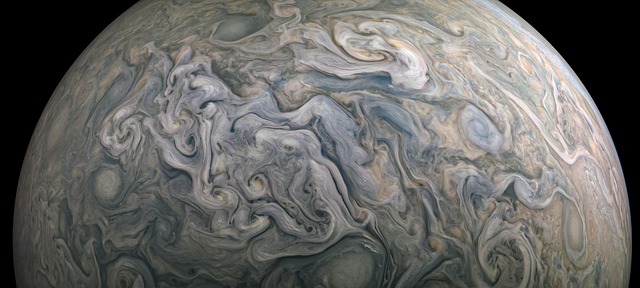Stirling Thermo Electric Converter: A New Frontier in Space Energy Generation
In recent years, space exploration has become increasingly important as we strive to uncover the mysteries of the universe. However, one of the biggest challenges in space missions is the need for a reliable and long-lasting source of energy. While solar panels have been used in the past, they are not always suitable for missions … Read more









